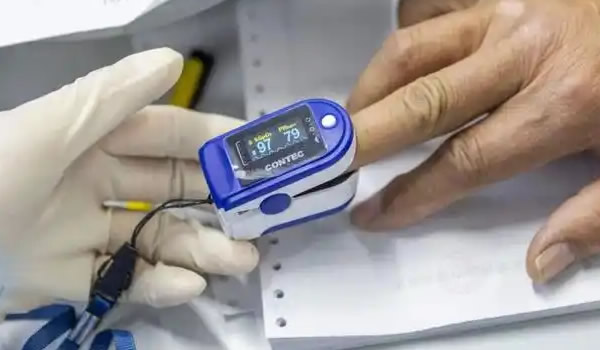Hypertension (high blood pressure) is one of the most common chronic diseases in Asia, contributing to strokes, heart attacks, and kidney disease. Despite effective treatments, awareness, diagnosis, and control rates remain low in many Asian countries. This article explores hypertension treatments in Asia, including medications, lifestyle interventions, digital health innovations, and future strategies.

Hypertension in Asia: The Scale of the Problem
- Global statistics: Over 1.2 billion adults live with hypertension worldwide.
- Asia’s numbers: China: More than 270 million adults with hypertension. India: Over 200 million cases, with rising prevalence. Japan & South Korea: Lower rates due to strong public health systems, but aging populations increase risk. Southeast Asia: Rapid growth in hypertension due to urbanization and diet.
- Control rates: Less than 50% of patients in Asia are adequately treated.
Medications for Hypertension
First-Line Therapies
- Thiazide diuretics: Effective and low-cost, widely used in India and China.
- ACE inhibitors (enalapril, lisinopril): Common across Asia.
- ARBs (losartan, valsartan, olmesartan): Popular in Japan and South Korea due to fewer side effects.
- Calcium channel blockers (amlodipine, diltiazem): Especially effective in Asian populations with high salt sensitivity.
- Beta-blockers: Still used for patients with heart disease and arrhythmia.
Combination Therapy
- Many patients require 2–3 drugs for control.
- Fixed-dose combination pills increasingly used to improve adherence.
Regional Access
- Japan, Singapore, and South Korea: Broad access to modern antihypertensive drugs.
- India and Southeast Asia: Heavy reliance on generics; cost barriers in rural areas.
Lifestyle Interventions
Dietary Changes
- Salt reduction programs in China and Japan showing success.
- Promotion of DASH diet (Dietary Approaches to Stop Hypertension) across urban Asia.
- Growing awareness of low-sodium alternatives and plant-based diets.
Physical Activity
- Walking, tai chi, and yoga incorporated into public health campaigns.
- Workplace wellness programs growing in China, India, and Singapore.
Stress Management
- Meditation and mindfulness programs promoted in urban Asia.
- Workplace stress reduction linked to lower hypertension rates.
Weight Control
- Obesity a growing driver of hypertension in Asia.
- Community-based weight management programs expanding.

Digital Health and Hypertension Management
Remote Monitoring
- Wearables and home BP monitors integrated into apps.
- AI-powered alerts for abnormal readings in Japan and South Korea.
Telemedicine
- Expanding in India, China, and Southeast Asia, providing rural patients access to specialists.
Big Data and AI
- Predictive models for hypertension risk in China.
- Integration of BP data into national health records in Singapore and Japan.
Digital Therapeutics
- Mobile apps offering personalized diet, activity, and medication reminders.
- Rapid adoption among younger populations in Asia.
Regional Insights
- China: Largest hypertensive population; national programs for salt reduction and awareness.
- India: Major burden; need for affordable medications and rural outreach.
- Japan & South Korea: High control rates; strong use of ARBs and digital health solutions.
- Southeast Asia: Rising incidence linked to fast food and obesity.
- Middle East: High prevalence due to obesity and sedentary lifestyles; growing adoption of digital health.
Challenges in Asia
- Low Awareness: Many patients unaware of hypertension until complications occur.
- Urban-Rural Gap: Limited access to drugs and monitoring in rural areas.
- Poor Adherence: Many patients stop treatment once symptoms improve.
- Cultural Barriers: Traditional remedies often used instead of medical care.
Future of Hypertension Care in Asia
- Universal access to affordable drugs through generics and public insurance.
- Expansion of digital health platforms for continuous monitoring.
- Salt reduction policies and healthier food labeling.
- AI-powered early detection integrated into primary healthcare.
- Community health workers to expand outreach in rural areas.

Conclusion
Hypertension is a silent epidemic in Asia, driving strokes, heart disease, and kidney failure. Effective treatments exist—medications, lifestyle interventions, and digital tools—but access and adherence remain major challenges.
The future of hypertension control in Asia lies in widespread access to affordable drugs, preventive lifestyle programs, and integration of digital health technologies, ensuring better outcomes for millions at risk.